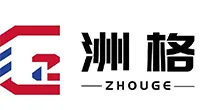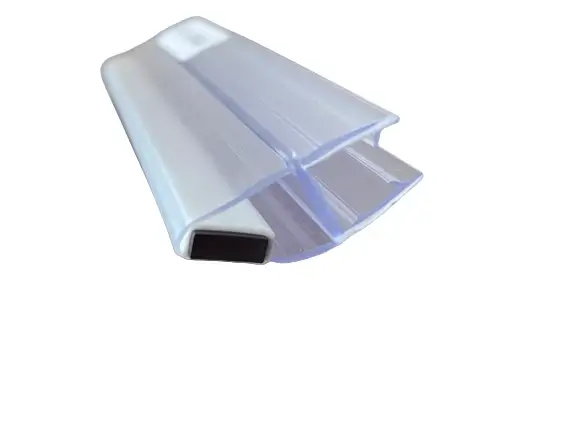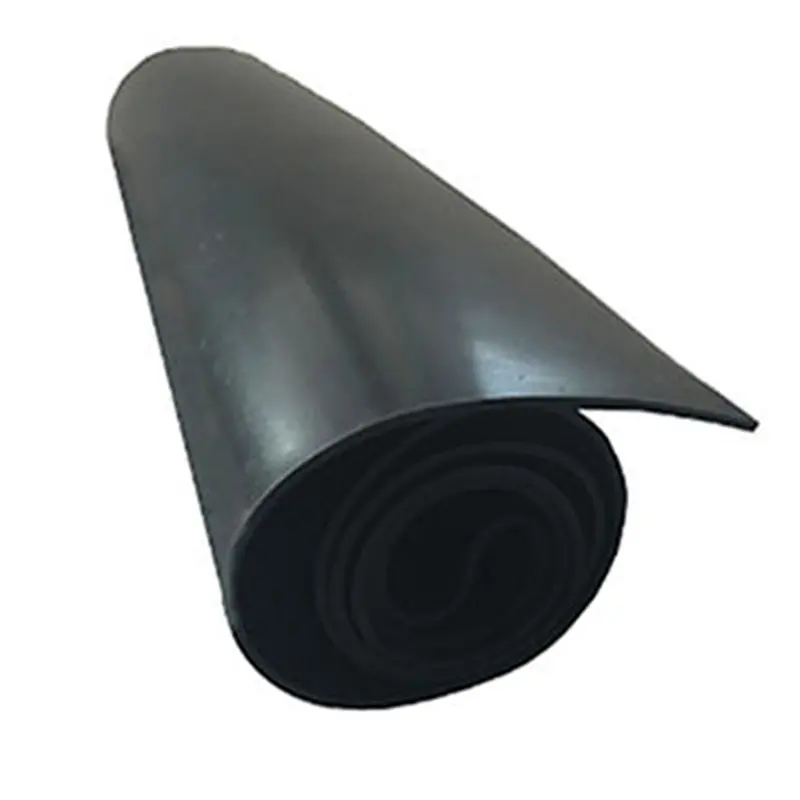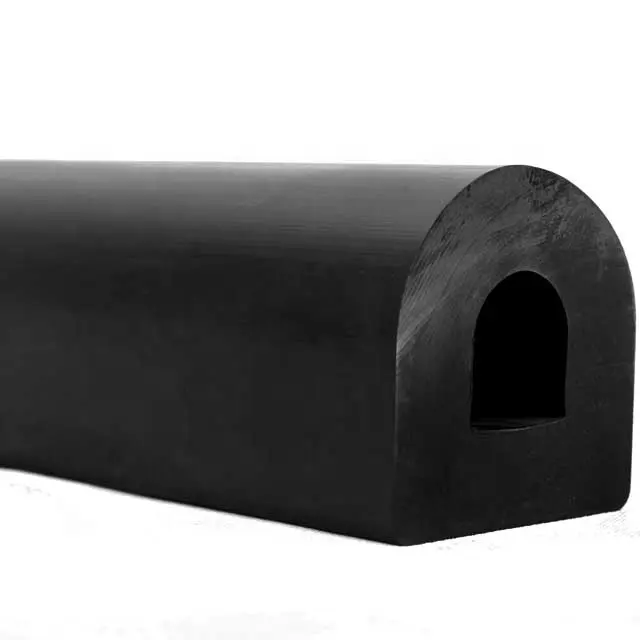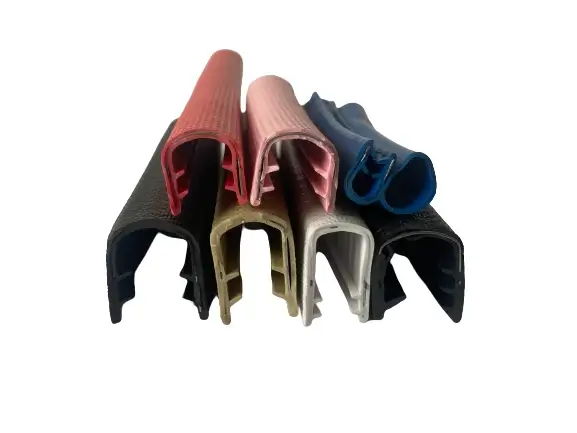Aug . 06, 2024 07:09 Back to list
CE Certified Sealing Strips for Enhanced Insulation in Doors, Windows, and Curtain Walls
CE Certification for Sealing Strips Ensuring Quality and Performance for Doors, Windows, and Curtain Walls
In the construction and architectural sectors, the importance of sealing strips for doors, windows, and curtain walls cannot be overstated. These essential components help maintain the integrity and energy efficiency of buildings by preventing air and water infiltration. As demand for high-quality building materials rises, manufacturers are increasingly focusing on obtaining CE certification for their sealing strips, ensuring compliance with European regulations and enhancing product reliability.
What is CE Certification?
CE marking signifies that a product conforms to European health, safety, and environmental protection standards. For sealing strips, this certification indicates that the product has undergone rigorous testing and meets the requirements set out by the European Union's Construction Products Regulation (CPR). CE certification not only facilitates the free movement of goods within the European market but also assures consumers and builders of the quality and safety of the product.
Importance of Sealing Strips
Sealing strips play a vital role in enhancing the energy efficiency of buildings. They are manufactured from various materials, including rubber, silicone, and foam, and are designed to fill gaps around door and window frames. This ensures a tight seal that minimizes air leaks, reduces heat loss, and prevents water ingress. The absence of high-quality sealing strips can lead to significant energy wastage, compromised comfort levels, and increased heating or cooling costs for building occupants.
In curtain wall systems, sealing strips act as a barrier against moisture and air, which is crucial for maintaining the structural integrity of the façade. Properly sealed curtain walls prevent water penetration that can lead to mold growth and deterioration of building materials, ultimately prolonging the lifespan of the structure.
Benefits of CE Certified Sealing Strips
ce certification sealing strip for doors, windows, curtain walls

1. Quality Assurance Products that carry the CE mark are subjected to stringent testing and must meet specific performance criteria. This gives architects, builders, and end-users confidence in the reliability and durability of the sealing strips.
2. Regulatory Compliance For construction projects in Europe, using CE certified materials is often a legal requirement. This certification ensures that projects comply with local and EU regulations, helping to avoid legal issues and delays.
3. Market Access CE certification facilitates easier access to the European market. Manufacturers with CE certified products can market their sealing strips more effectively within Europe, enhancing their competitiveness and sales potential.
4. Environmental Responsibility Many sealing strip manufacturers are now focusing on sustainability by utilizing eco-friendly materials and production methods. CE certification often requires adherence to environmentally responsible practices, further benefiting the planet.
5. Product Performance CE certified sealing strips have demonstrated performance in tests for thermal insulation, acoustic insulation, and resistance to water and air leakage. This comprehensive testing helps to ensure that the products will perform effectively in real-world applications.
Conclusion
The significance of CE certification for sealing strips used in doors, windows, and curtain walls is paramount in today’s construction landscape. As energy efficiency and environmental considerations become increasingly important, CE certified sealing strips offer a reliable solution for architects, builders, and property owners. By ensuring compliance with European standards, CE certified products not only enhance the performance and longevity of buildings but also contribute positively to the overall construction industry’s commitment to quality and sustainability. In an ever-evolving market, investing in CE certified sealing strips can lead to more durable, efficient, and environmentally friendly building projects.
Next:
